
Many popular movies actually began as books, and you might be surprised to learn which ones! From suspenseful thrillers and futuristic sci-fi to touching dramas and funny comedies, these films all started as novels, short stories, or non-fiction works. Understanding the original source material can shed light on how characters evolved, why endings differ, and deeper meanings the movie only suggests. Here are twenty films with book origins that might surprise you.
‘Die Hard’ (1988)
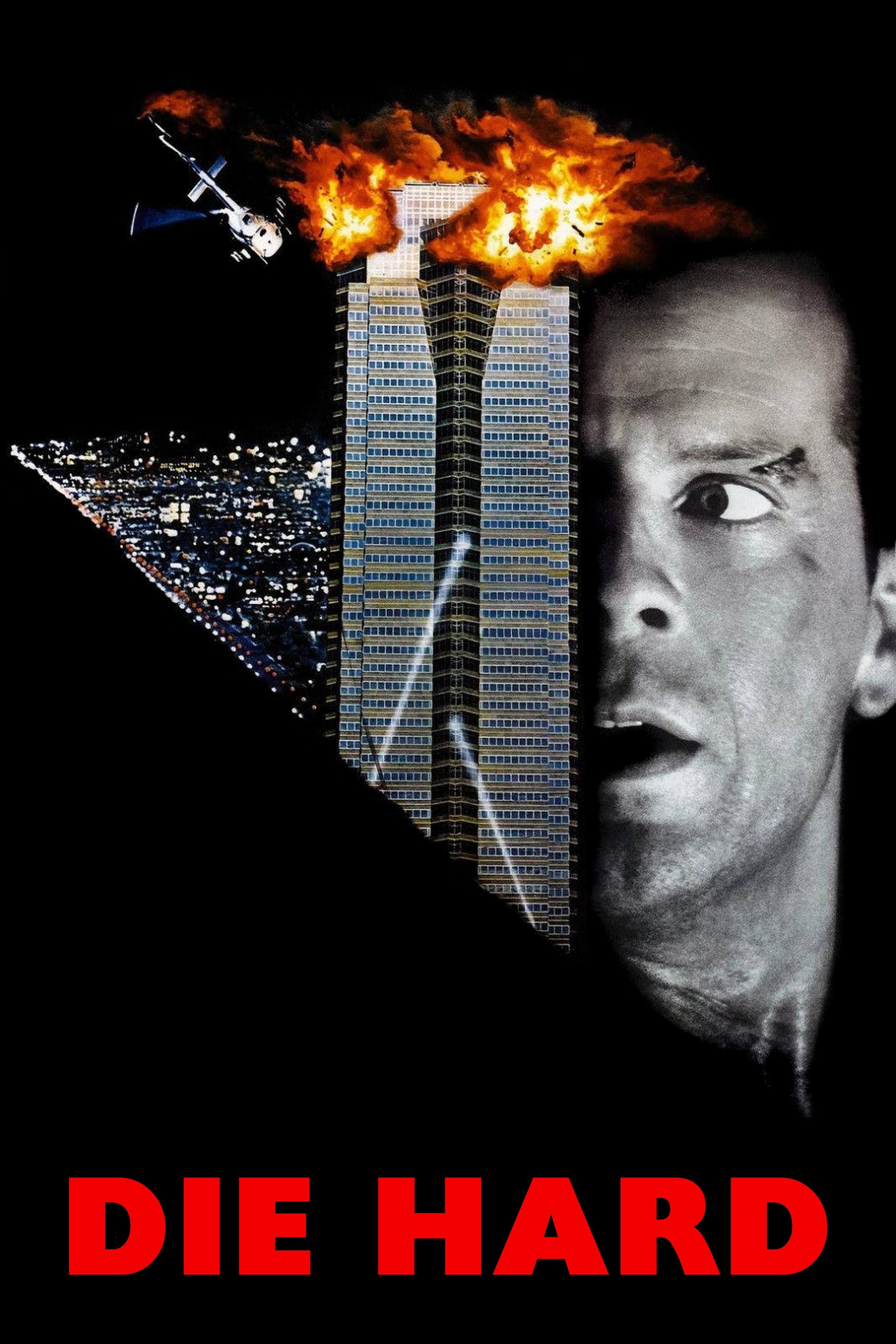
This popular action movie is based on Roderick Thorp’s novel, ‘Nothing Lasts Forever,’ which continued the story from his earlier book, ‘The Detective’ – previously made into a film starring Frank Sinatra. The movie’s main character is Joe Leland, not John McClane, and the story is grimmer, ending with a more sorrowful outcome. The film’s setting – a skyscraper taken over by terrorists – comes directly from the book.
‘First Blood’ (1982)

John Rambo first appeared in David Morrell’s novel, ‘First Blood,’ long before the famous movie. The book offers a darker and more complex look at a troubled war veteran’s conflict with a local sheriff. By sharing viewpoints from both Rambo and Sheriff Teasle, the story vividly illustrates how their rivalry grows. Importantly, the book’s conclusion differs greatly from the film’s ending.
‘Forrest Gump’ (1994)

Winston Groom’s novel, ‘Forrest Gump,’ tells the story of the main character, Forrest, and his many unbelievable experiences. Unlike the film, the book features even more far-fetched events, such as Forrest traveling to space and becoming a gifted chess player. The book is generally more humorous and critical than heartwarming. Groom later wrote a sequel that continued Forrest’s wild journey.
‘The Prestige’ (2006)
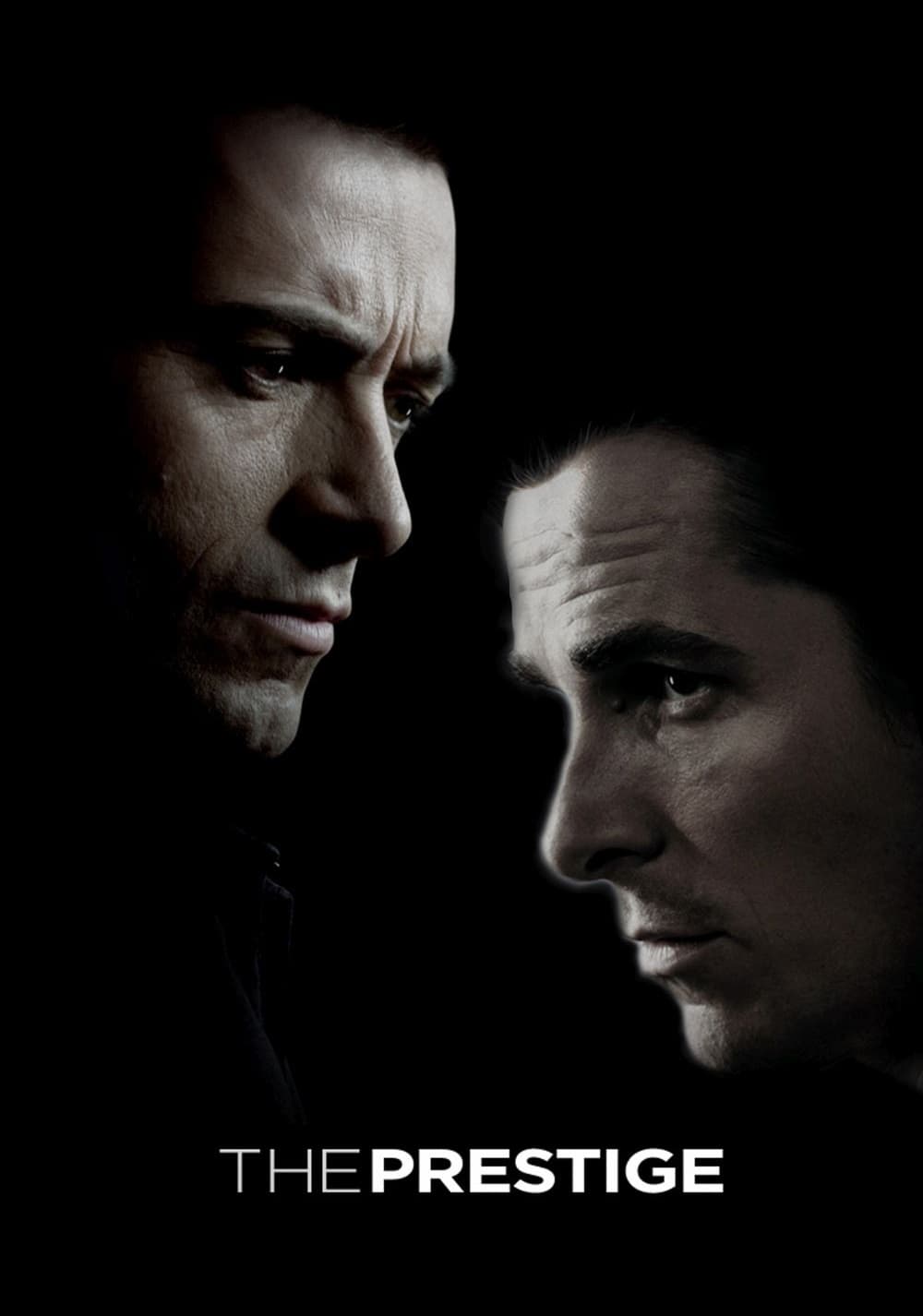
Christopher Priest’s ‘The Prestige’ is a story about competing magicians, told through diary entries and layered narratives. The novel explores the long-lasting effects of their rivalry, including hidden family secrets, and delves into the science behind a famous disappearing trick. The way the story is structured, using letters and journals, controls how and when the reader discovers key information.
‘Planet of the Apes’ (1968)
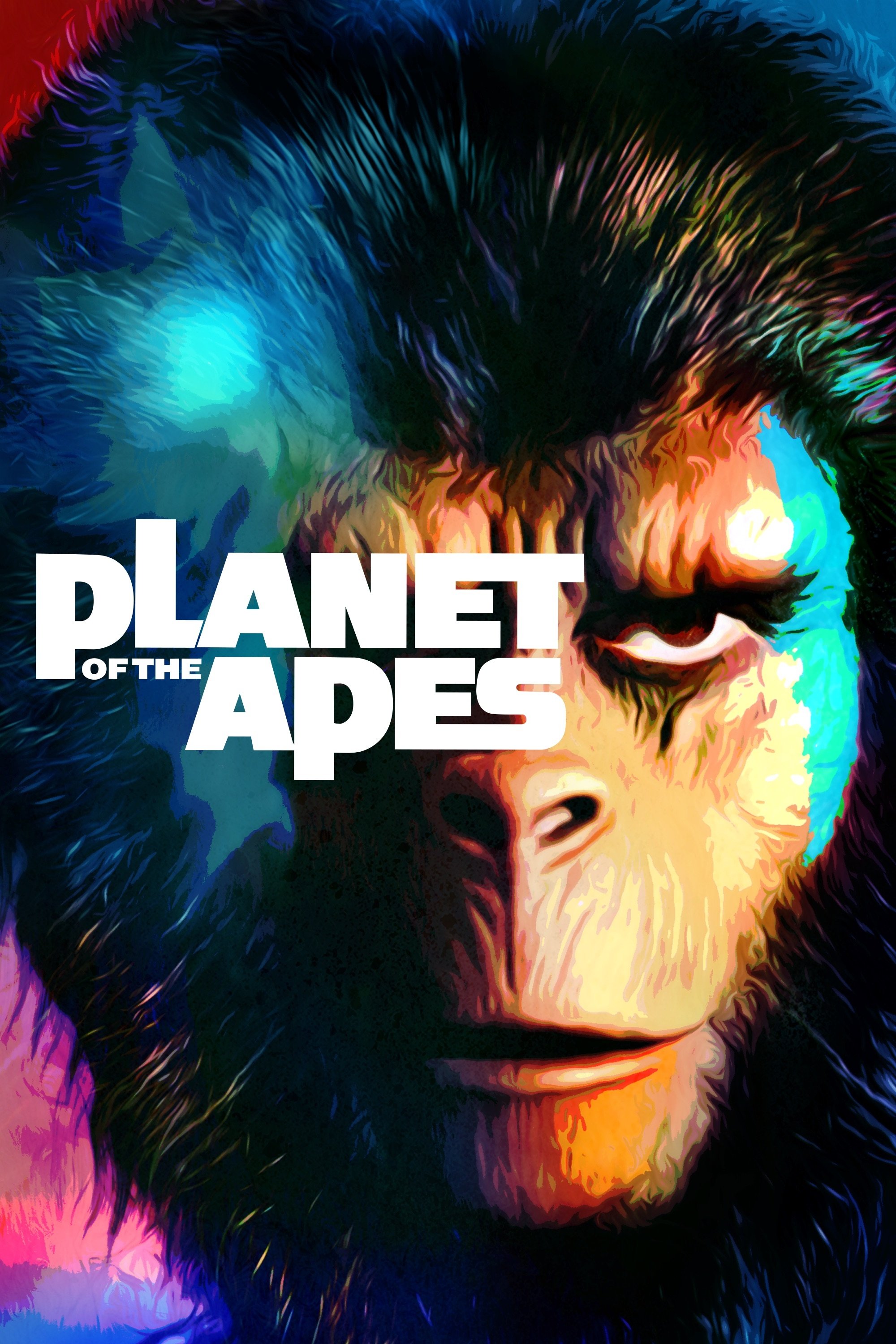
Pierre Boulle’s novel, ‘Planet of the Apes,’ was the inspiration for this famous science fiction film. However, the book is set on an alien planet, not a future version of Earth. The story is told using a unique structure, with a twist ending that differs from the film. The original novel strongly focuses on social commentary and explores themes of reversed roles.
‘Edge of Tomorrow’ (2014)
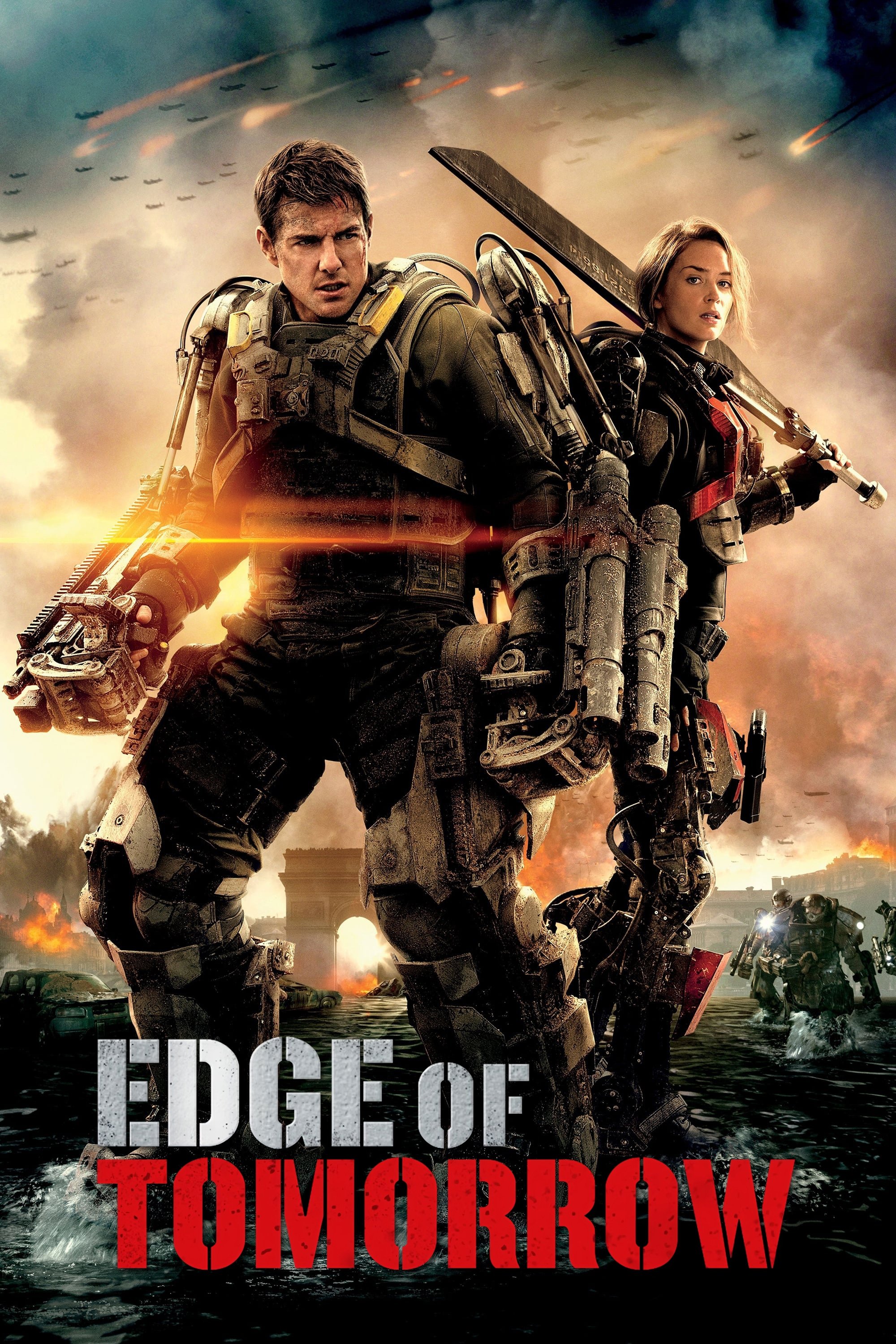
The movie is based on Hiroshi Sakurazaka’s novel, ‘All You Need Is Kill.’ The story follows Keiji Kiriya, a new soldier who gets stuck in a time loop while fighting aliens. The original novel and a manga version both offer more detailed explanations of the futuristic armor and battle strategies used in the war.
‘Shrek’ (2001)
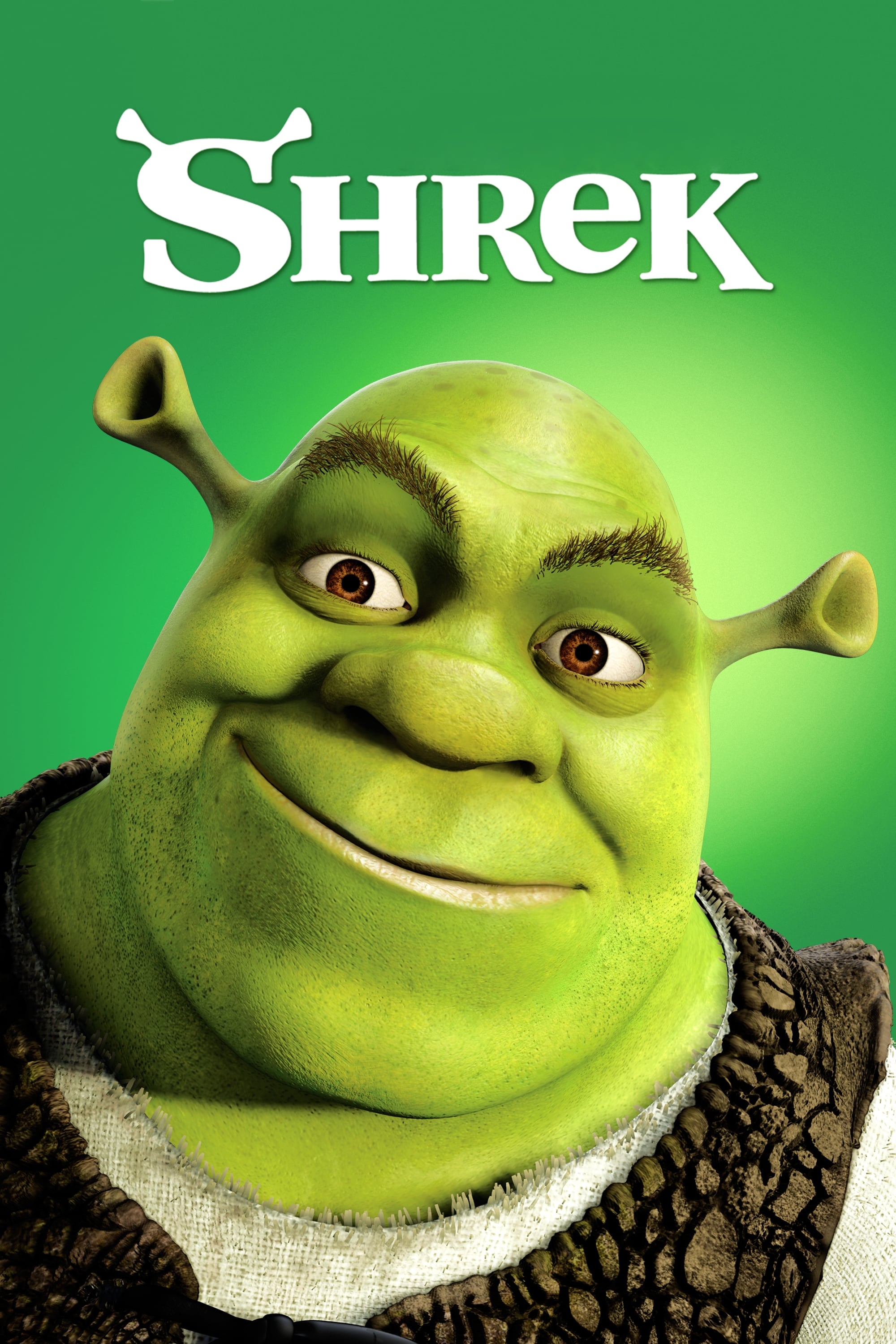
The movie ‘Shrek’ was based on William Steig’s picture book of the same name. The book is a brief and playfully wicked story about a happily scary ogre. While the film keeps the main character of the ogre, it builds a much larger fairy tale world around him. Many of the other characters and the movie’s central adventure were created specifically for the film.
‘Mean Girls’ (2004)
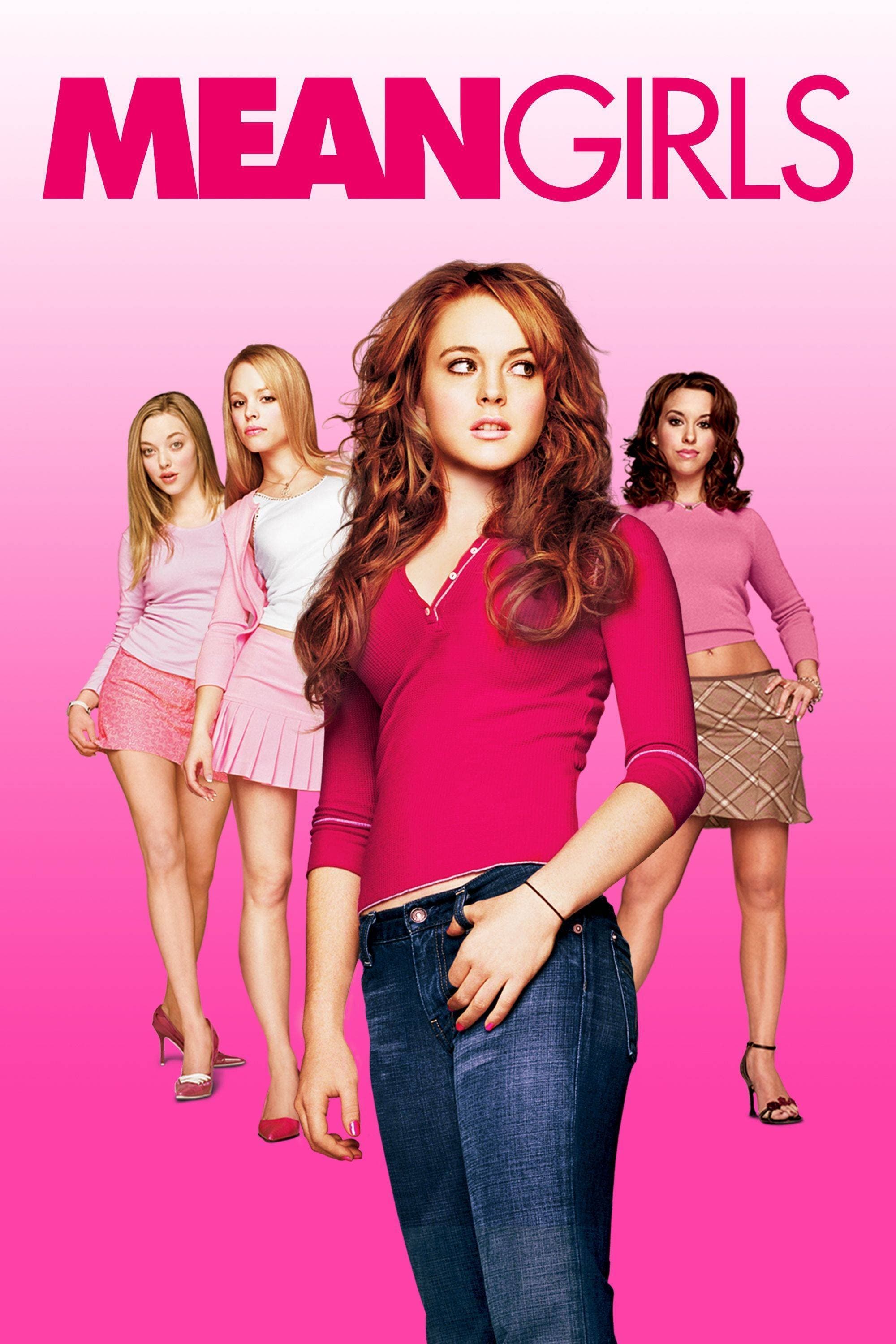
The popular movie is inspired by Rosalind Wiseman’s book, ‘Queen Bees and Wannabes,’ which helps parents understand teenage social life and cliques. Tina Fey used the book’s insights and real-life stories to create the movie’s plot and characters. Because the book isn’t a traditional story, the movie’s writers developed a narrative structure around its central ideas.
‘Goodfellas’ (1990)
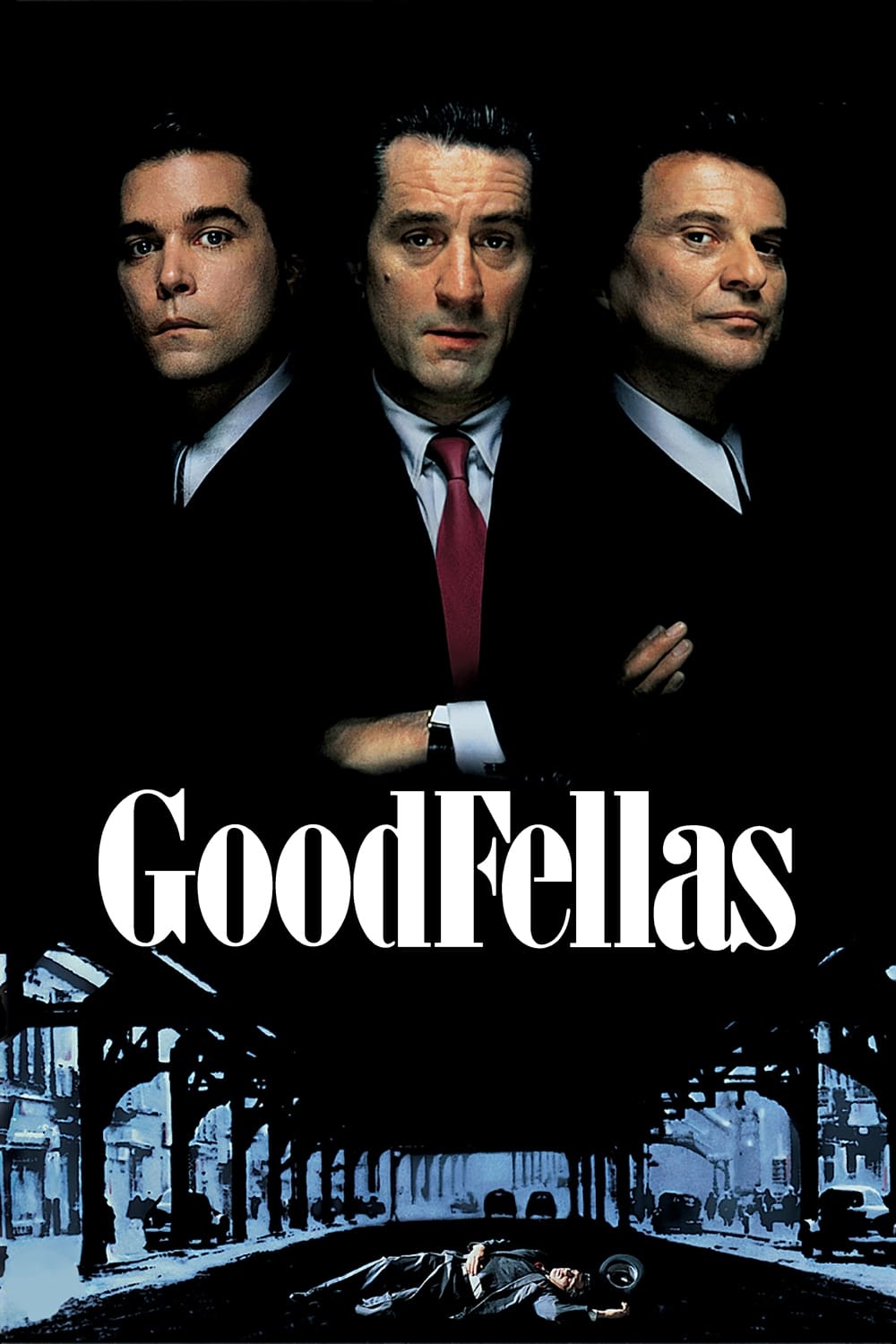
As a huge movie buff, I always appreciate when filmmakers really dig into the source material. That’s definitely the case with ‘Goodfellas’! It’s based on Nicholas Pileggi’s book, ‘Wiseguy,’ which tells the incredible true story of Henry Hill, a guy who was deep in the New York mob. What’s really cool is how much of the movie actually comes straight from Hill’s own words and experiences. Pileggi himself worked closely on the script, making sure all those details from their interviews made it onto the screen. The book, and the movie, really show you how this crew climbed to the top and then, inevitably, came crashing down.
‘There Will Be Blood’ (2007)
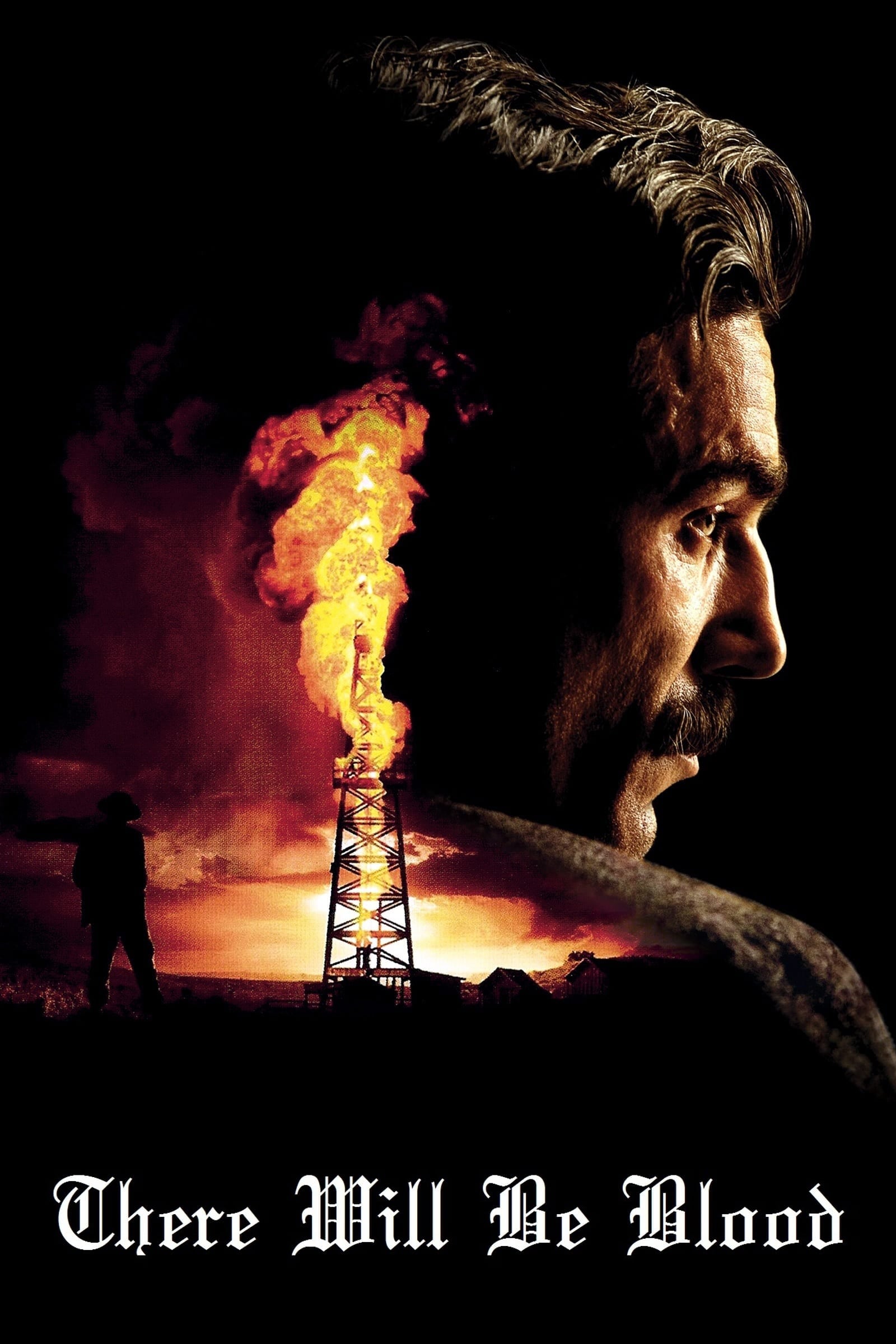
This film is based on Upton Sinclair’s novel ‘Oil!’, which depicted the rise of wealth during the early days of the petroleum industry. The story centers on a father and son navigating the rough-and-tumble world of oil boomtowns, including its politics and worker conflicts. While the film takes some liberties with the book’s characters and plot, it retains the novel’s core themes of ambition and the pursuit of power, all set against the backdrop of the oil industry.
‘Who Framed Roger Rabbit’ (1988)
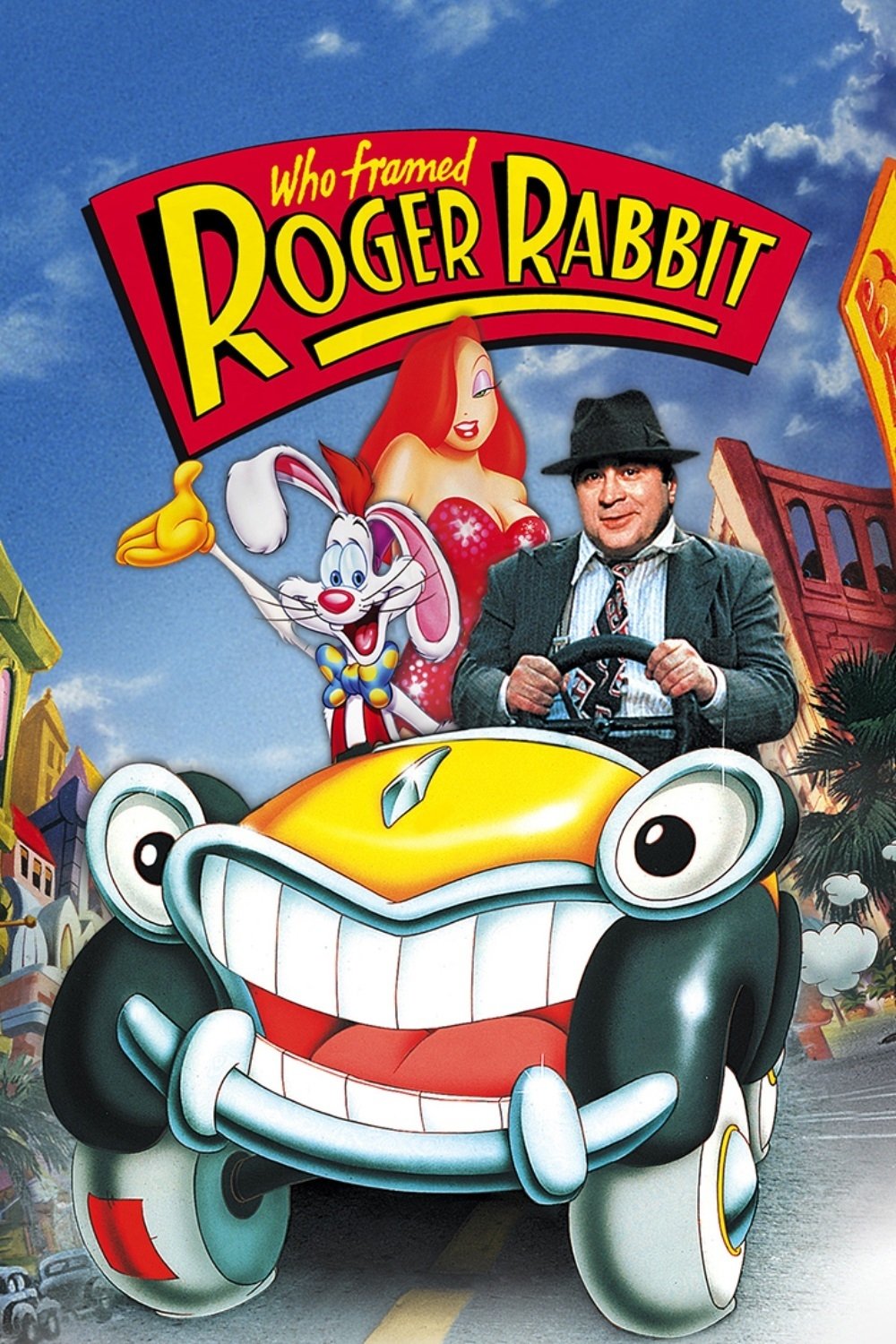
Gary K. Wolf’s novel, ‘Who Censored Roger Rabbit?’ first introduced the idea of a world where cartoon characters and humans coexist. The book uniquely presents its cartoon characters speaking through actual printed speech bubbles. While it’s a mystery, the book has a noticeably darker tone and different plot twists than the film. The movie took inspiration from the book but adapted it for a more comedic, slapstick style, while also paying tribute to classic film noir.
‘Field of Dreams’ (1989)
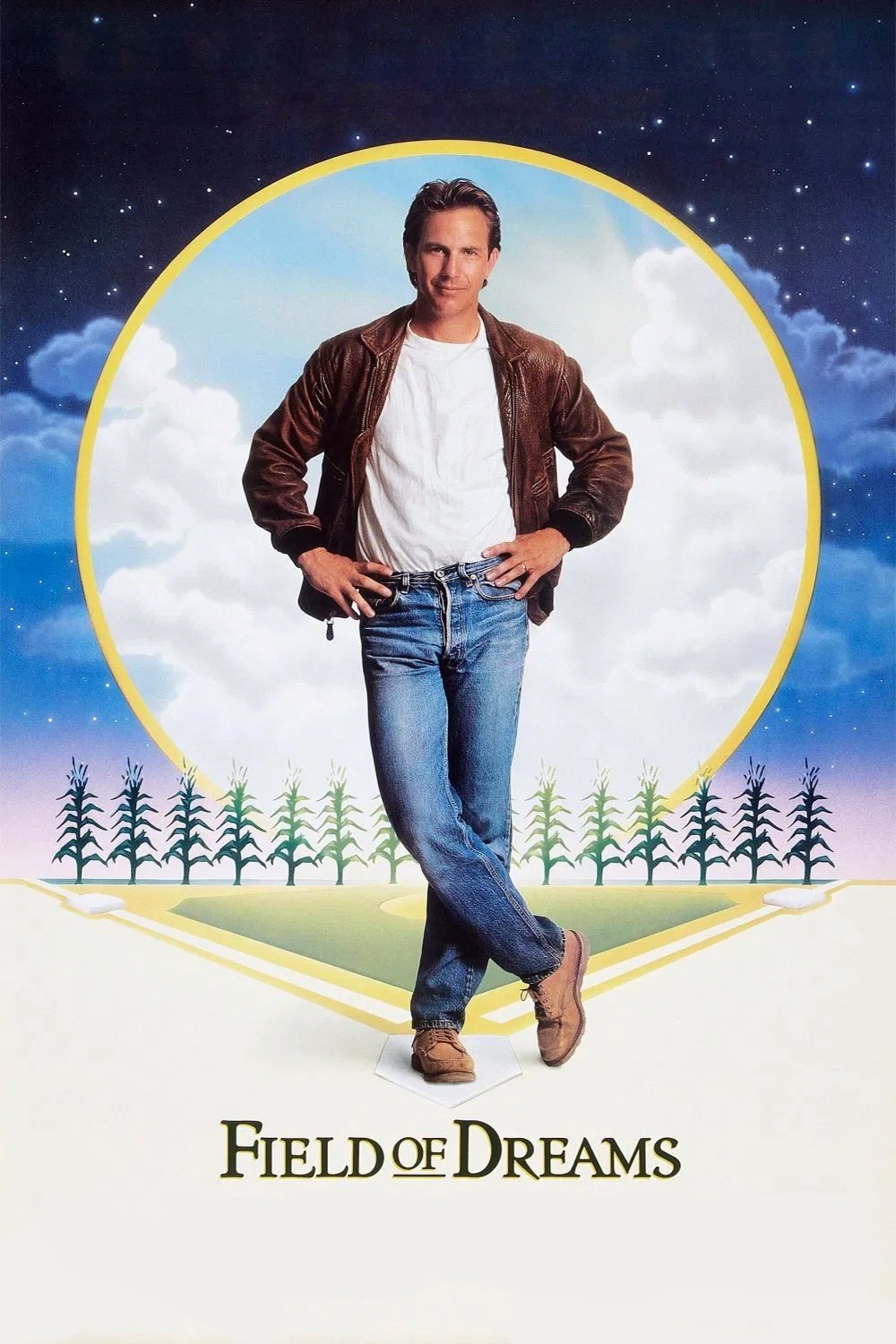
This baseball story comes from W.P. Kinsella’s novel, ‘Shoeless Joe.’ The book follows Ray Kinsella on a journey where he encounters author J.D. Salinger. The movie adaptation replaces Salinger with a made-up character, Terence Mann. Both the book and the film blend magical elements with a theme of family coming together.
‘Dr. Strangelove or: How I Learned to Stop Worrying and Love the Bomb’ (1964)

The story started with Peter George’s suspenseful novel, ‘Red Alert,’ originally titled ‘Two Hours to Doom.’ The book realistically portrays how war could begin by accident. Stanley Kubrick collaborated with George, turning the serious premise into a darkly humorous film. The movie’s core ideas about military command and control were directly inspired by the book.
‘The Illusionist’ (2006)
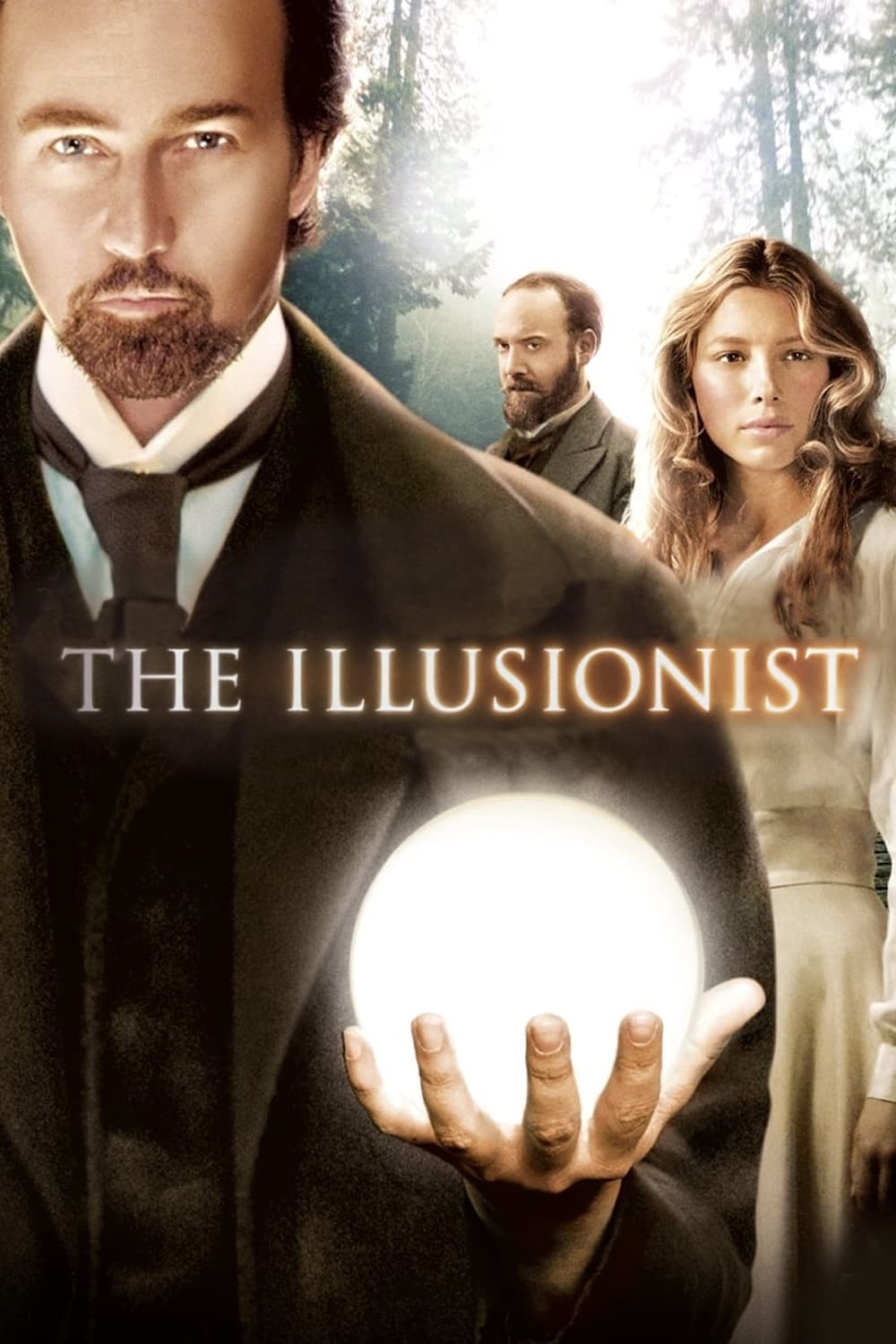
As a huge fan of period mysteries, I was really intrigued by this film. It’s based on a short story by Steven Millhauser called ‘Eisenheim the Illusionist’ – a really tight, clever tale about a magician who completely baffled Vienna with his illusions. The movie takes that core idea and builds it out, adding in a royal scandal and a love story. What I loved is that both the story and the film really dig into the power of performance and how we perceive things – it’s a fascinating theme that ties everything together.
‘Children of Men’ (2006)
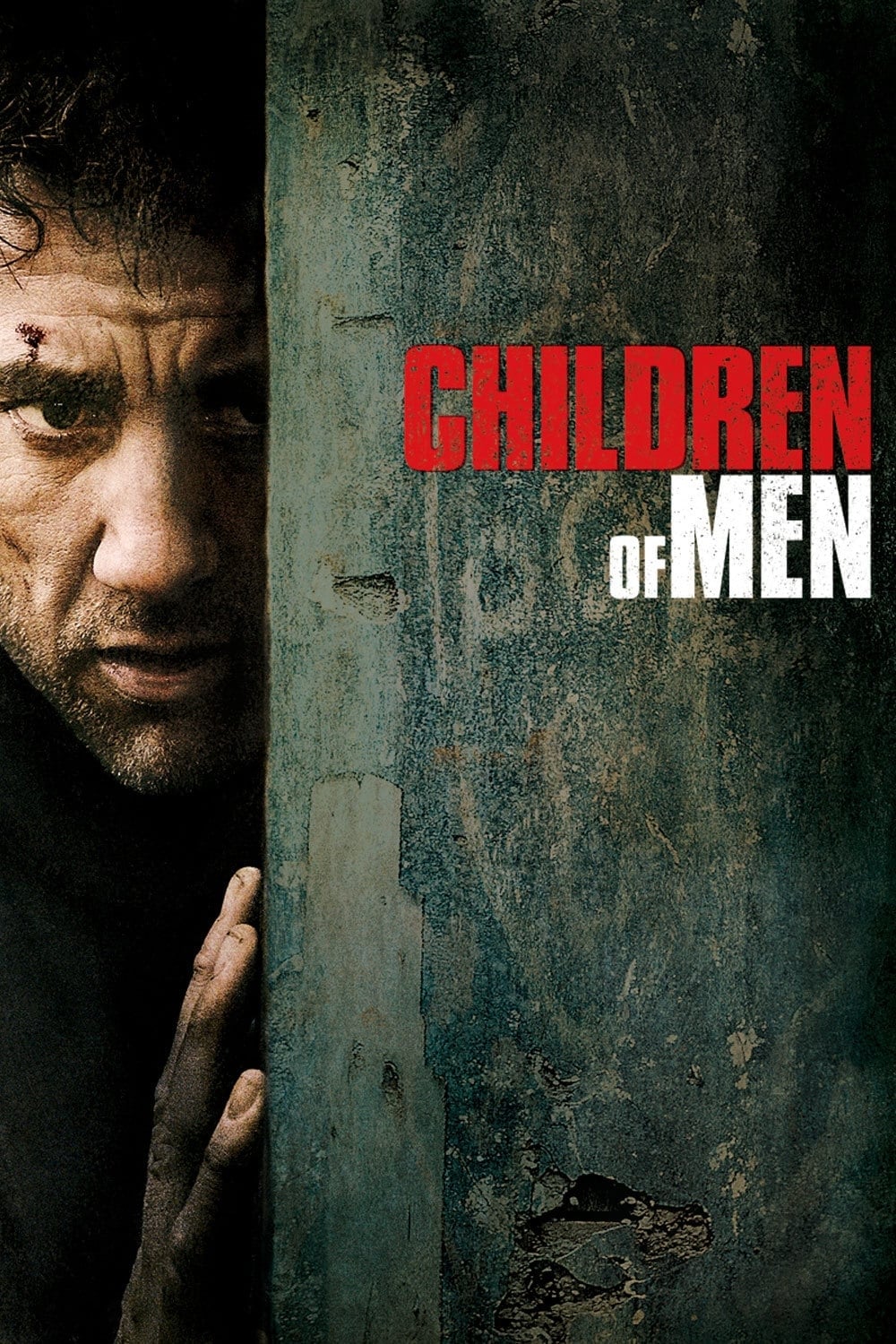
P.D. James’s novel, ‘The Children of Men,’ depicts a future where humanity can no longer reproduce. The book explores the political landscape and features a compelling leader who plays a unique part in the story. The characters and their reasons for acting differ significantly from the film adaptation. Throughout the novel, themes of power, belief, and optimism are central.
‘Slumdog Millionaire’ (2008)
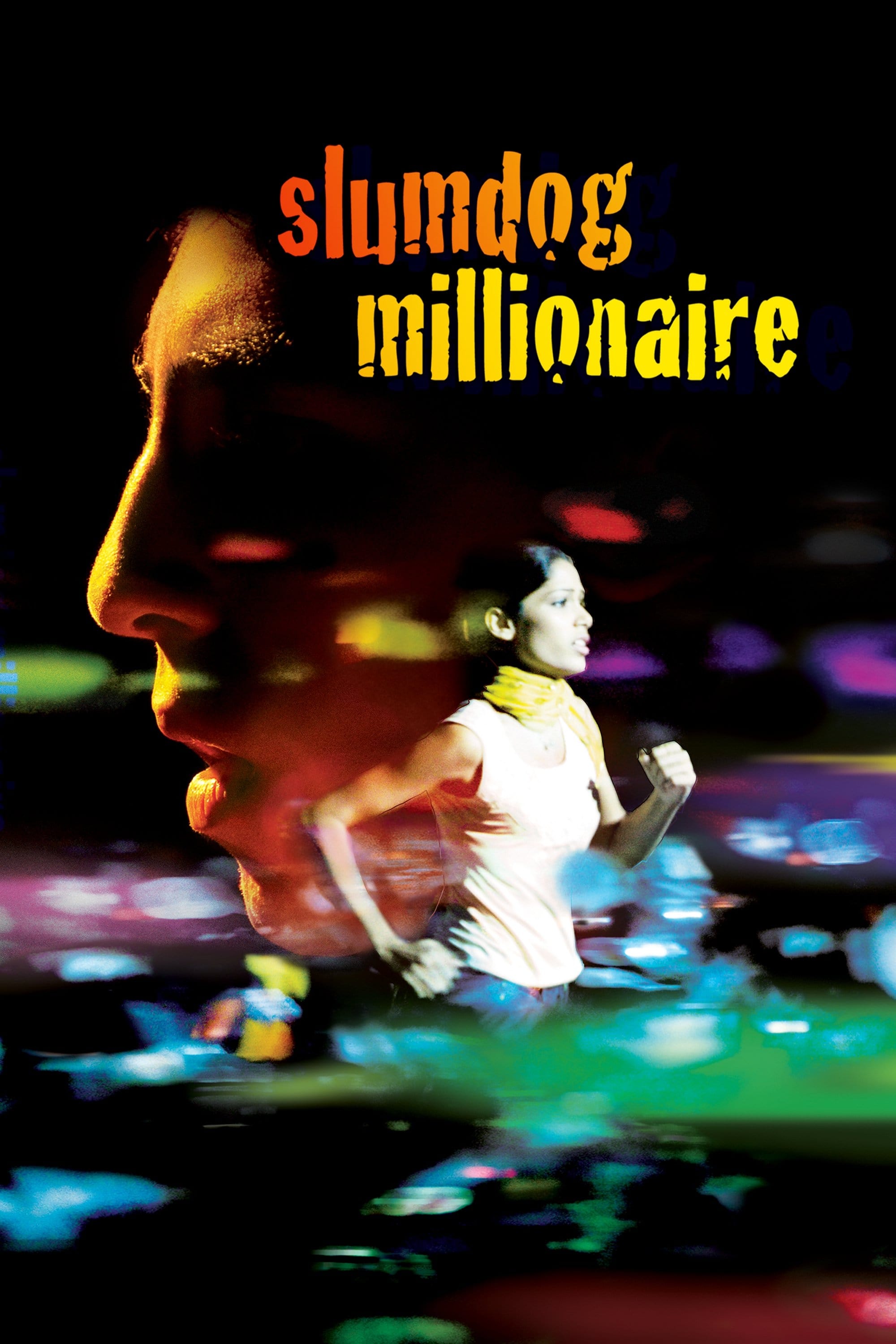
This movie is based on Vikas Swarup’s novel, ‘Q and A.’ The story follows a man who explains how his life experiences prepared him to win a game show. The film, like the book, is organized around the questions asked on the show, with some names and details altered for the screen while maintaining the core concept.
‘The Iron Giant’ (1999)

Ted Hughes’s children’s book, ‘The Iron Man,’ was the basis for a popular movie. While the book is told in separate, connected stories and features a powerful enemy we never actually see, the film sets the story in an American coastal town and adds elements related to the Cold War. Both the book and the movie center on the friendship between a boy and a giant robot-like creature.
‘Arrival’ (2016)

This thought-provoking science fiction film is based on Ted Chiang’s short story, ‘Story of Your Life.’ It explores the power of language and how it influences our understanding of time. While the film expands the story with worldwide implications and military tension, it remains true to the original’s central concept. The unique writing system of the Heptapods and the main character’s efforts to decipher it are directly inspired by the source material.
‘Jackie Brown’ (1997)

This crime story is based on Elmore Leonard’s novel, ‘Rum Punch’. The main character, Jackie Burke, is an airline employee in the book, but the film updates the location and changes some names while keeping the core plot of betrayal. The snappy dialogue and focus on smuggling are hallmarks of Leonard’s writing style.
‘Hunt for the Wilderpeople’ (2016)

I just saw Taika Waititi’s latest, and it’s a charming adaptation of Barry Crump’s ‘Wild Pork and Watercress.’ It centers around a kid in foster care and the man tasked with looking after him, and the two of them end up on the run in the beautiful New Zealand wilderness. While the basic chase plot from the book is still there, Waititi’s added a lot of funny moments and developed the characters in fresh ways. He also tweaked some names and relationships to make everything work better on screen.
Share your favorite surprising page to screen discoveries in the comments.
Read More
- Robert Kirkman Launching Transformers, G.I. Joe Animated Universe With Adult ‘Energon’ Series
- Avantor’s Chairman Buys $1M Stake: A Dividend Hunter’s Dilemma?
- NextEra Energy: Powering Portfolios, Defying Odds
- AI Stock Insights: A Cautionary Tale of Investment in Uncertain Times
- Hedge Fund Magnate Bets on Future Giants While Insuring Against Semiconductor Woes
- EUR TRY PREDICTION
- Ex-Employee Mines Crypto Like a Digital Leprechaun! 😂💻💸
- UnitedHealth’s Fall: A Seasoned Investor’s Lament
- The Illusion of Zoom’s Ascent
- Oklo’s Stock Surge: A Skeptic’s Guide to Nuclear Hype
2025-11-10 00:19